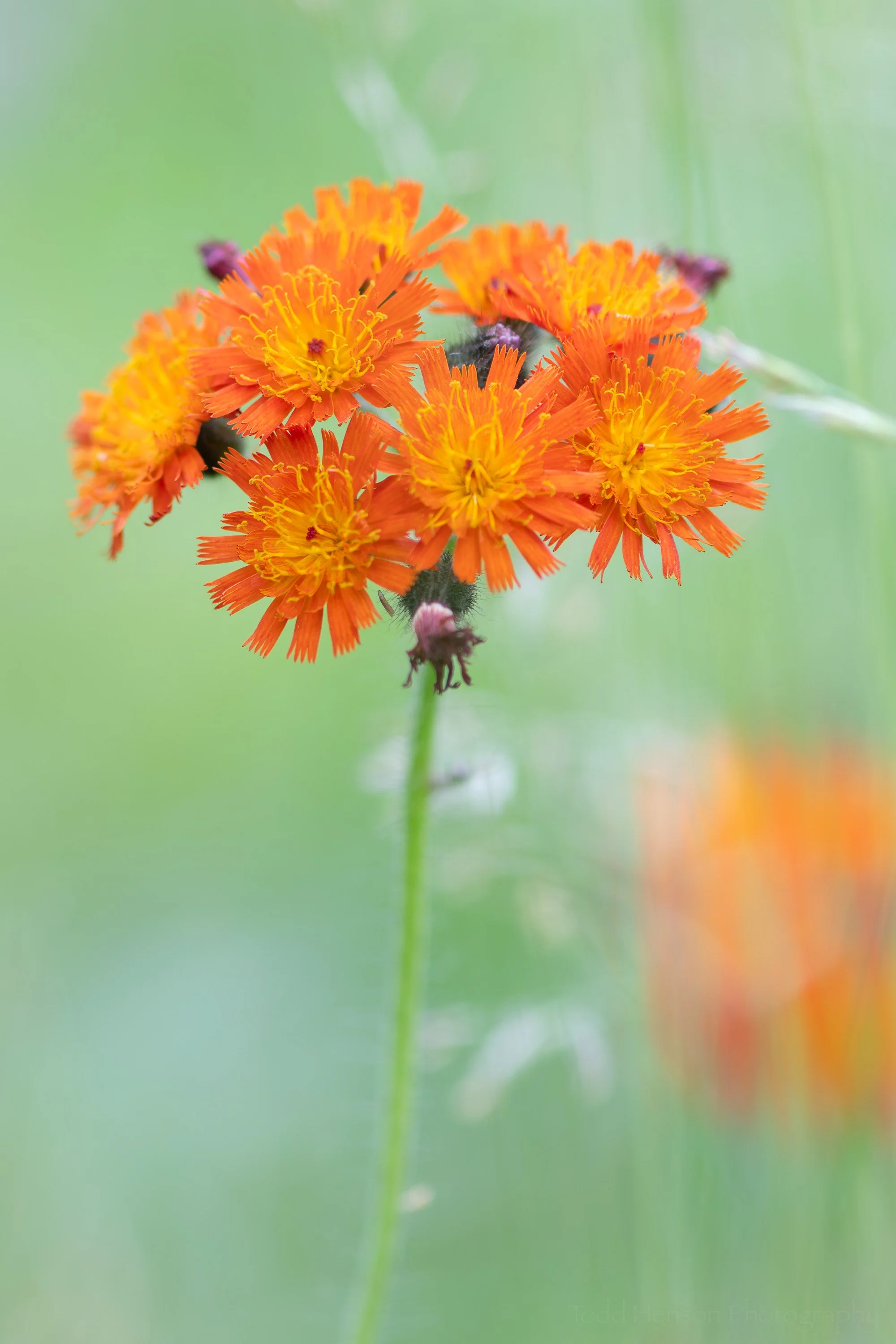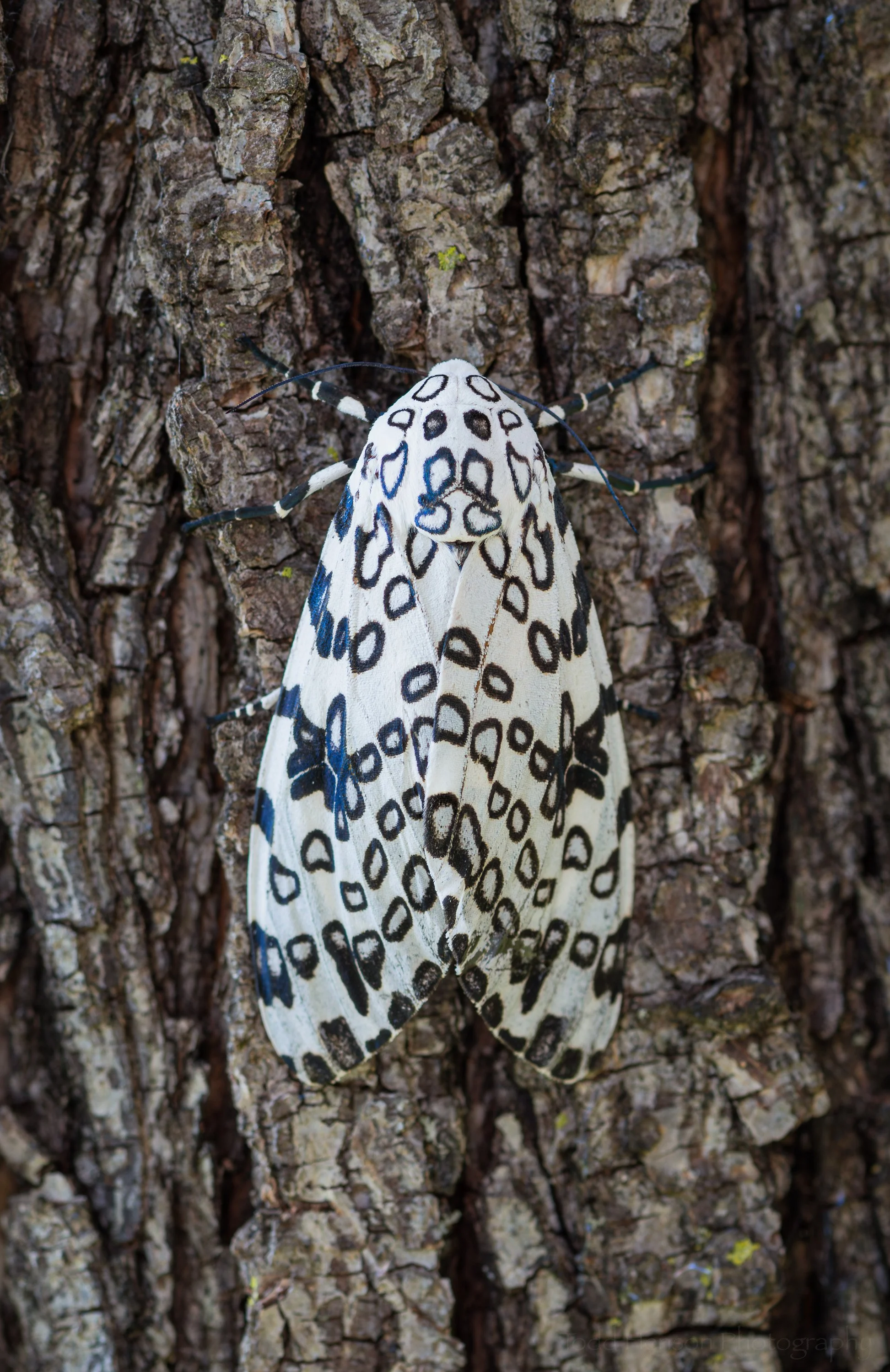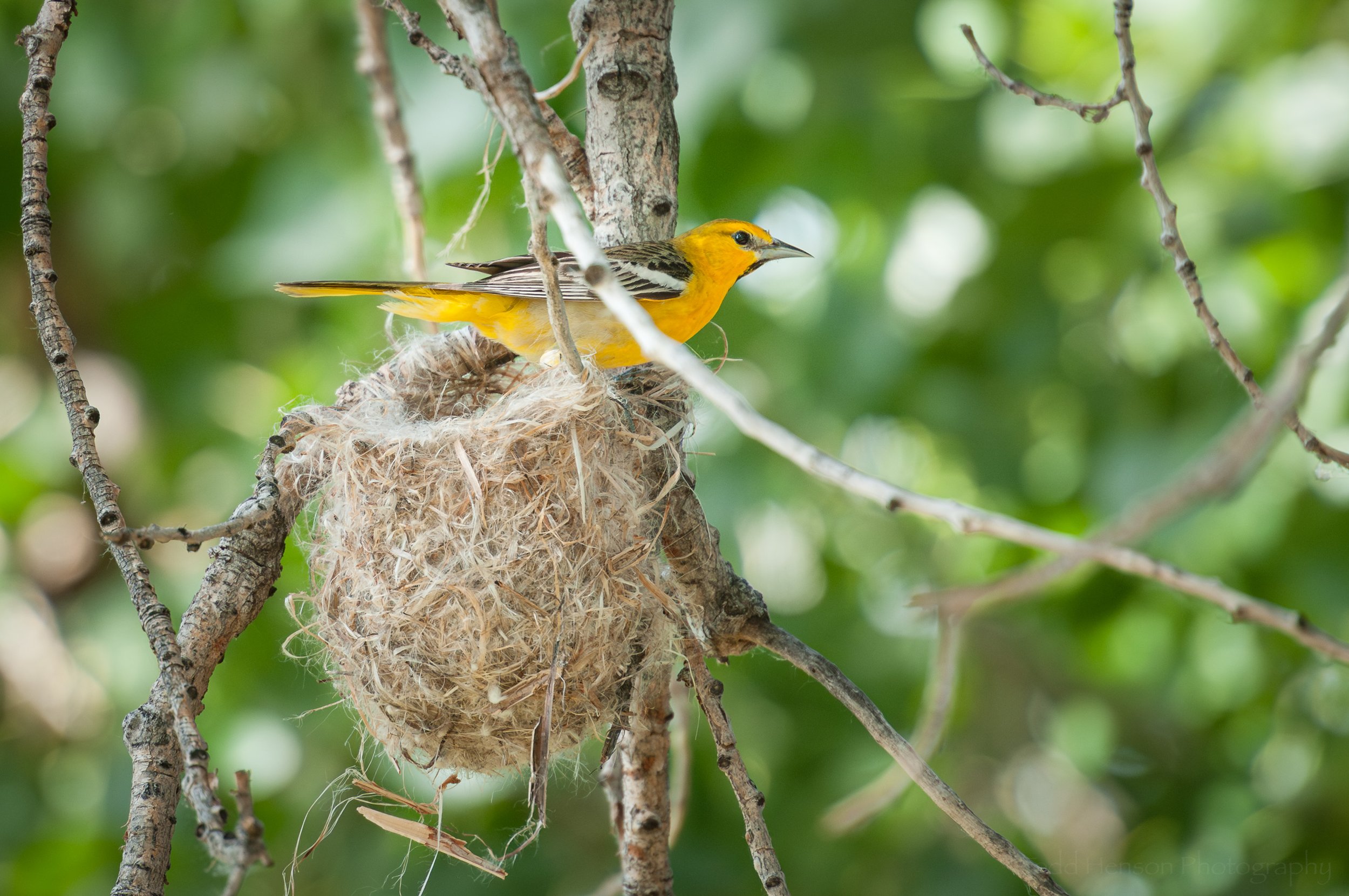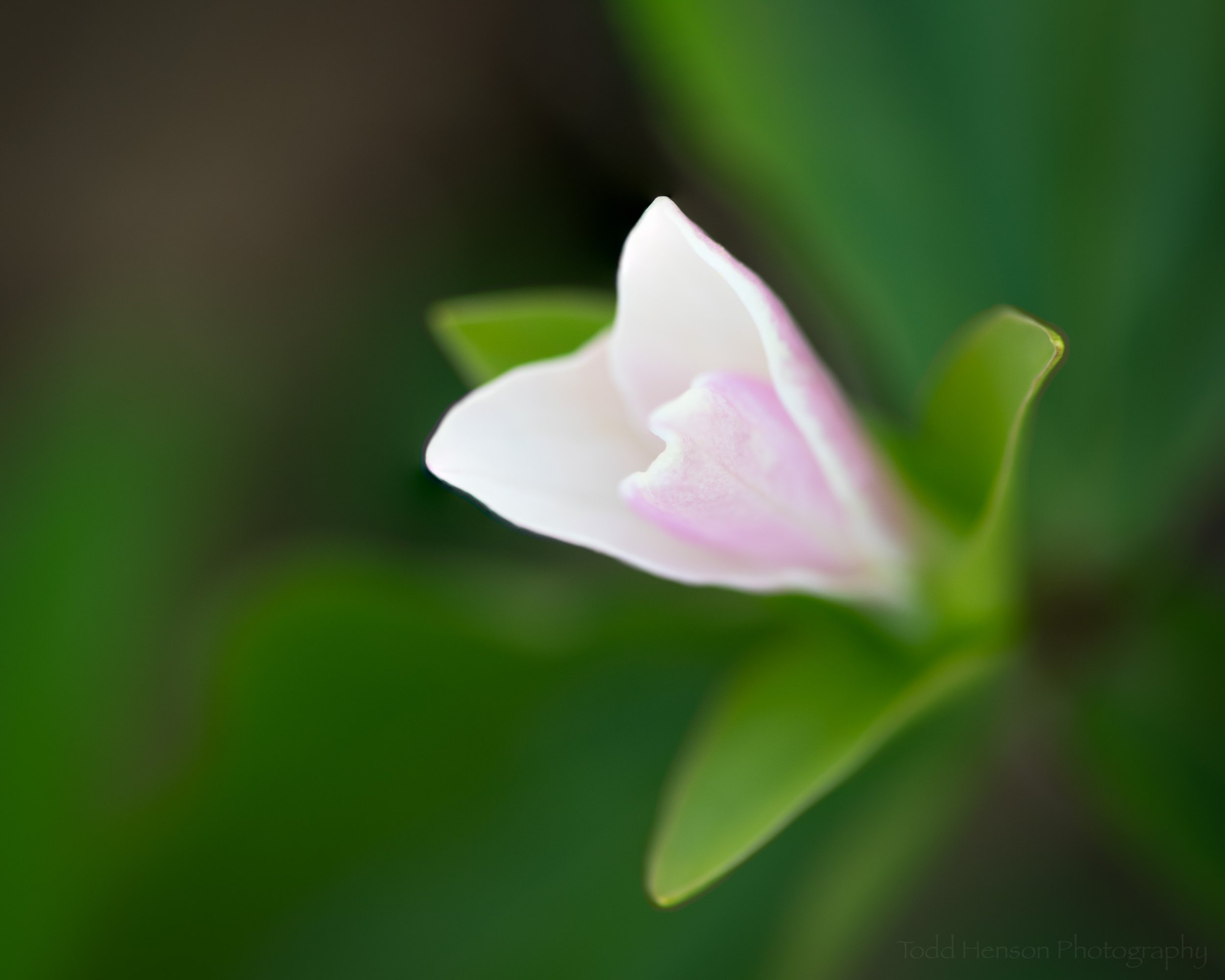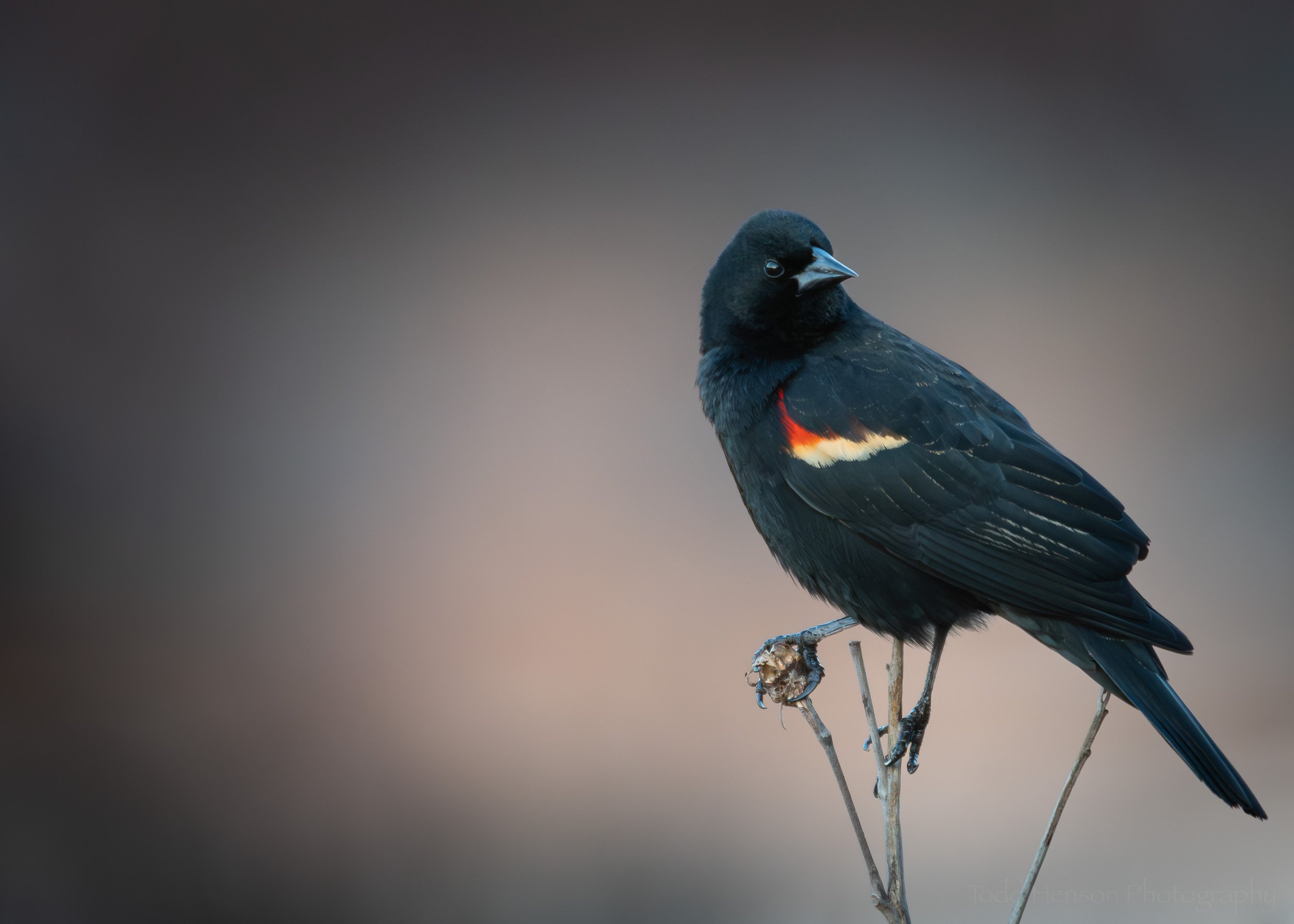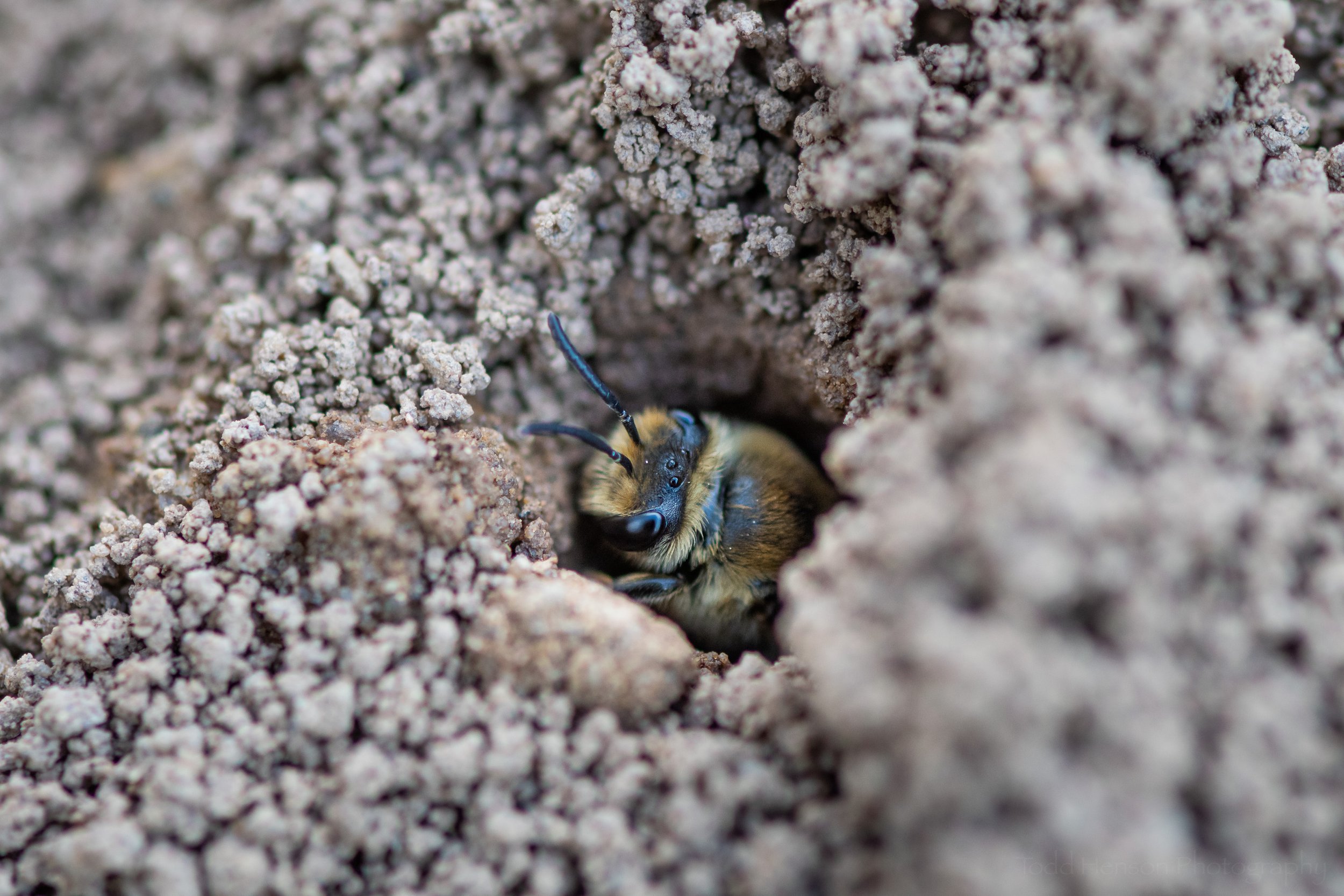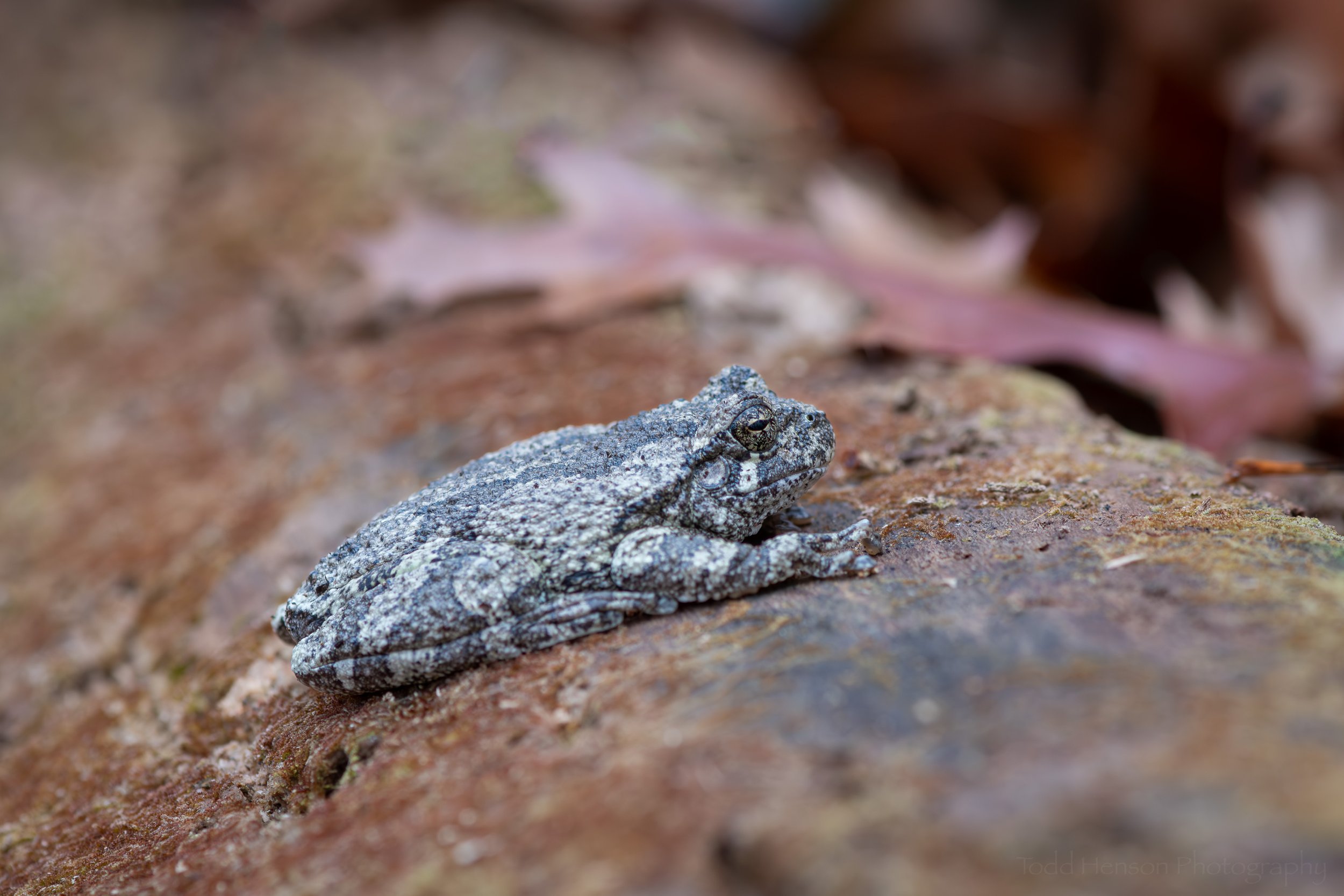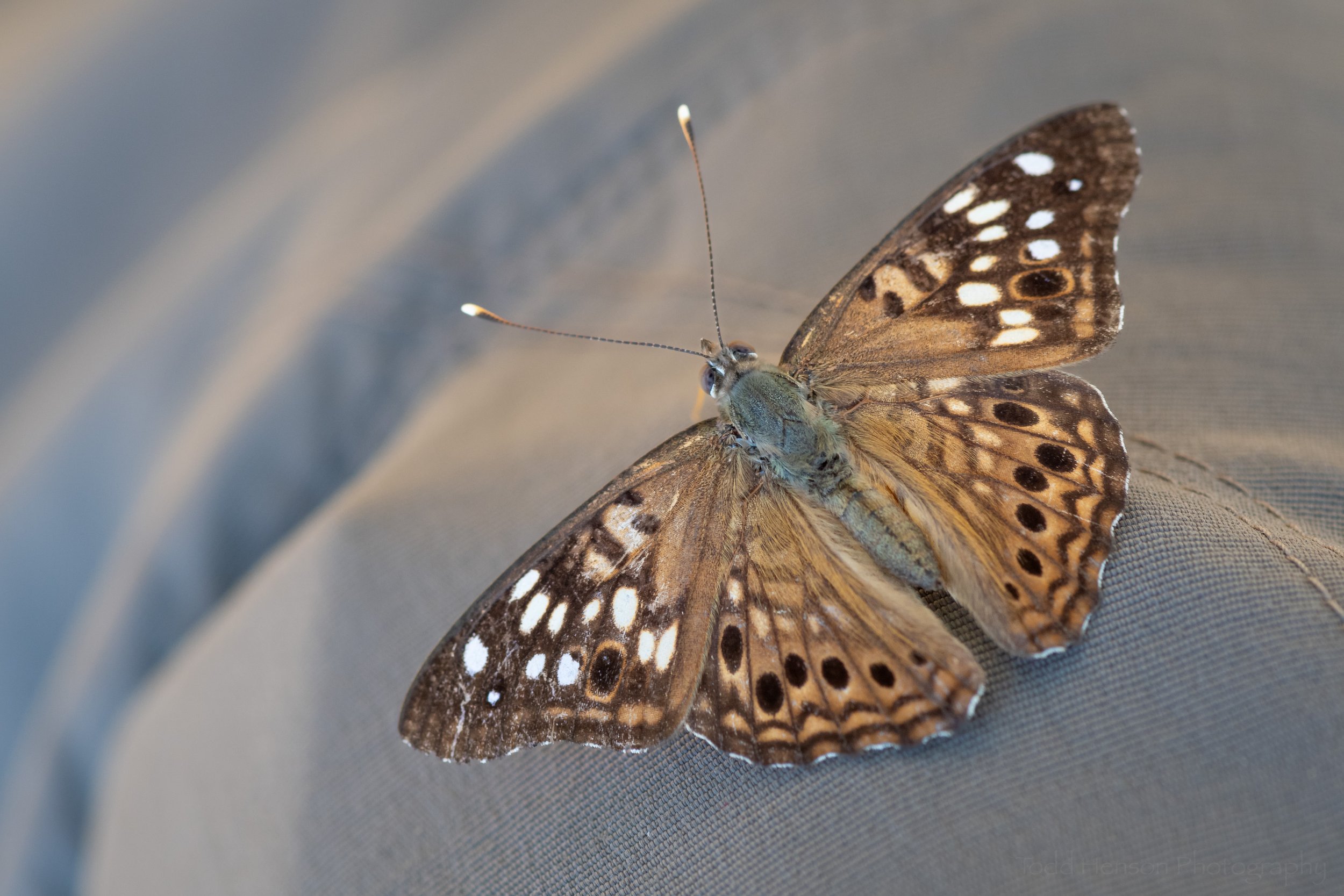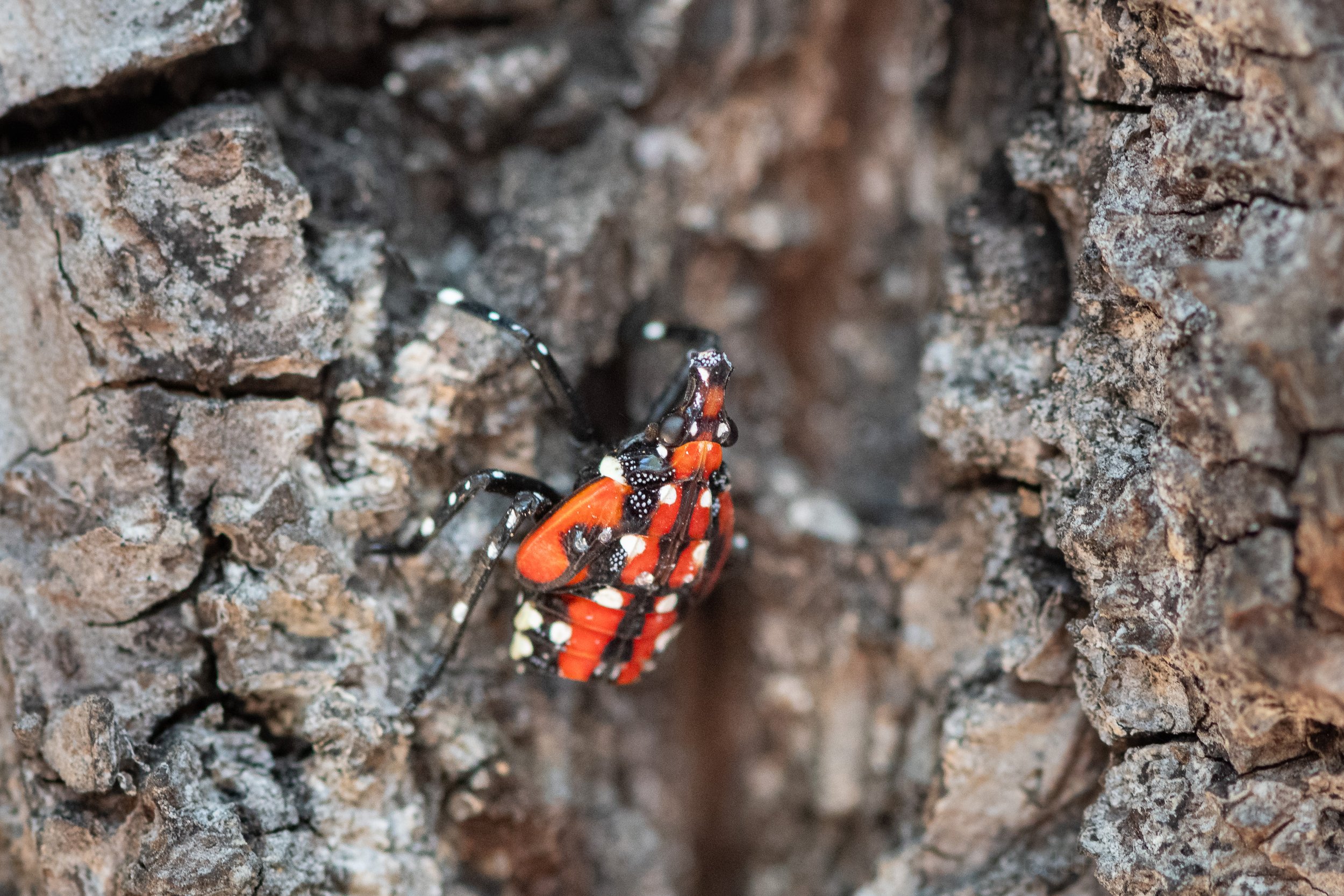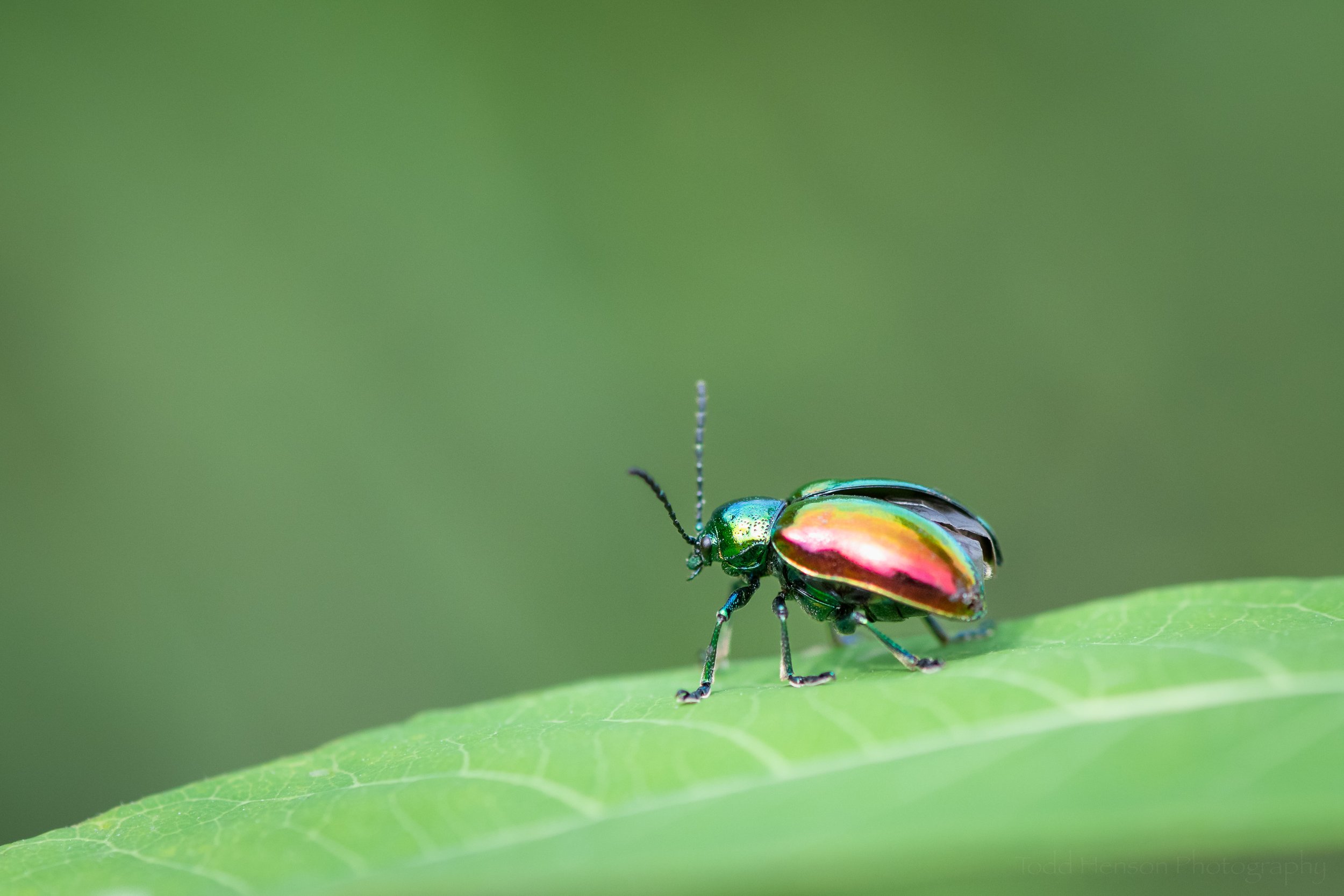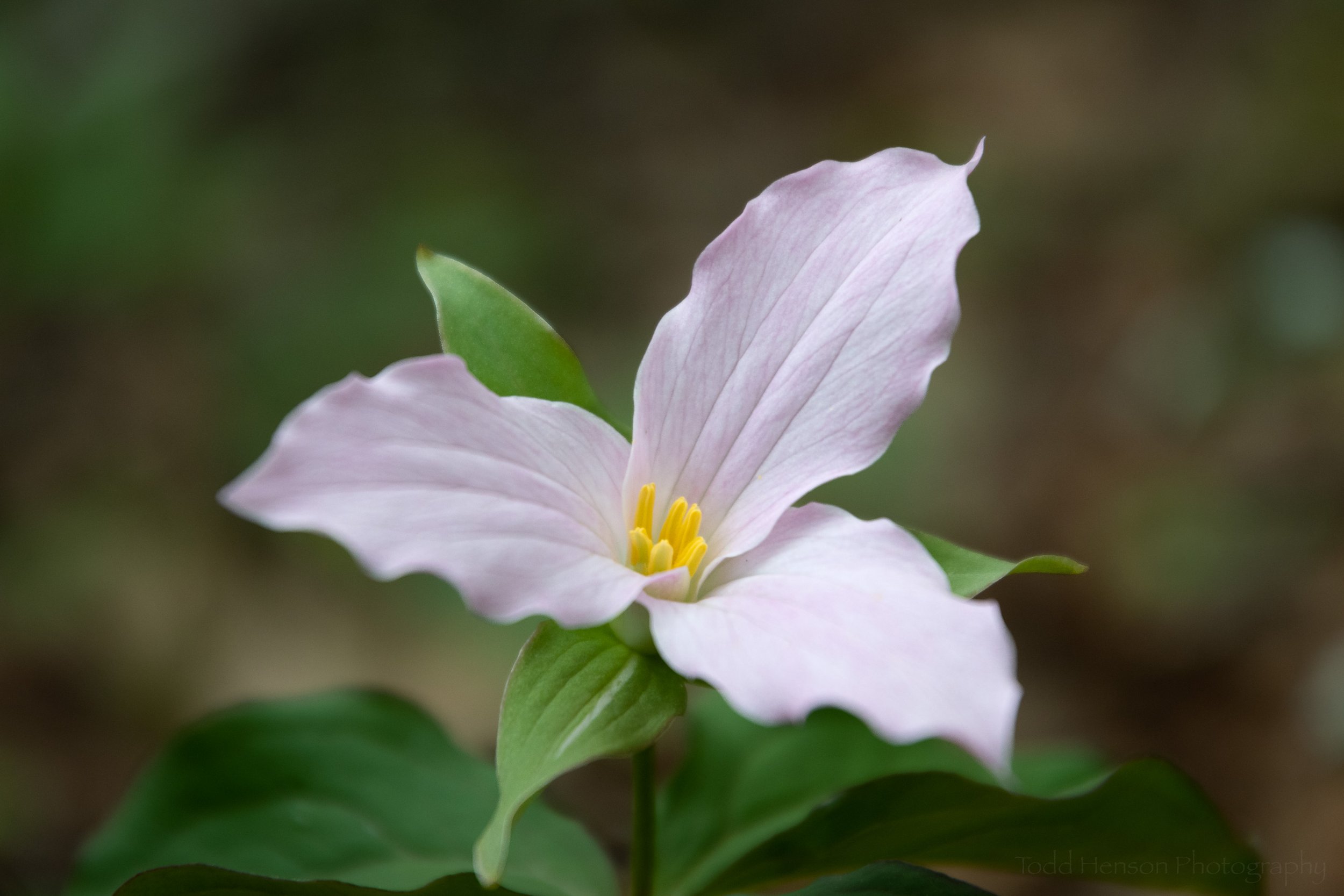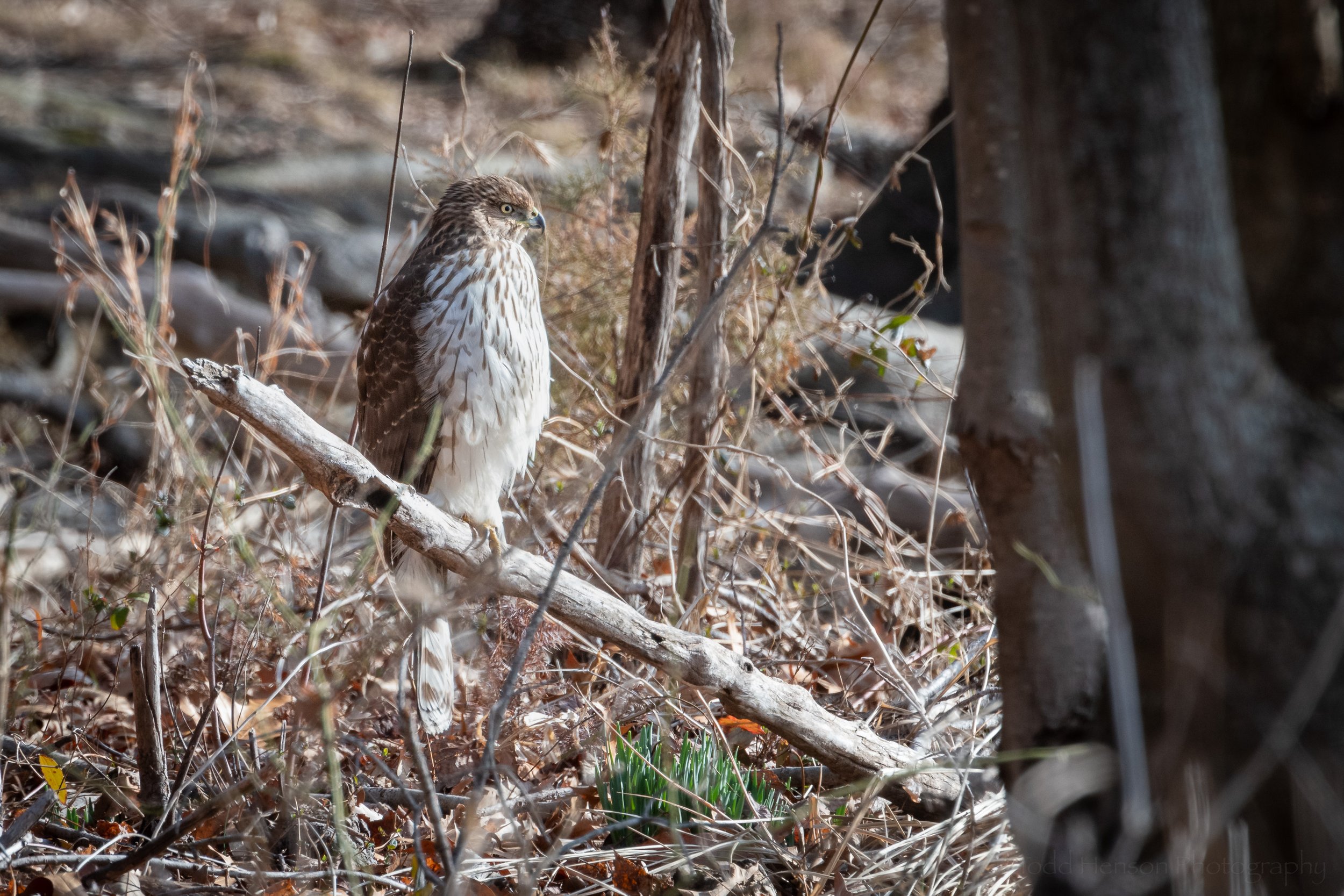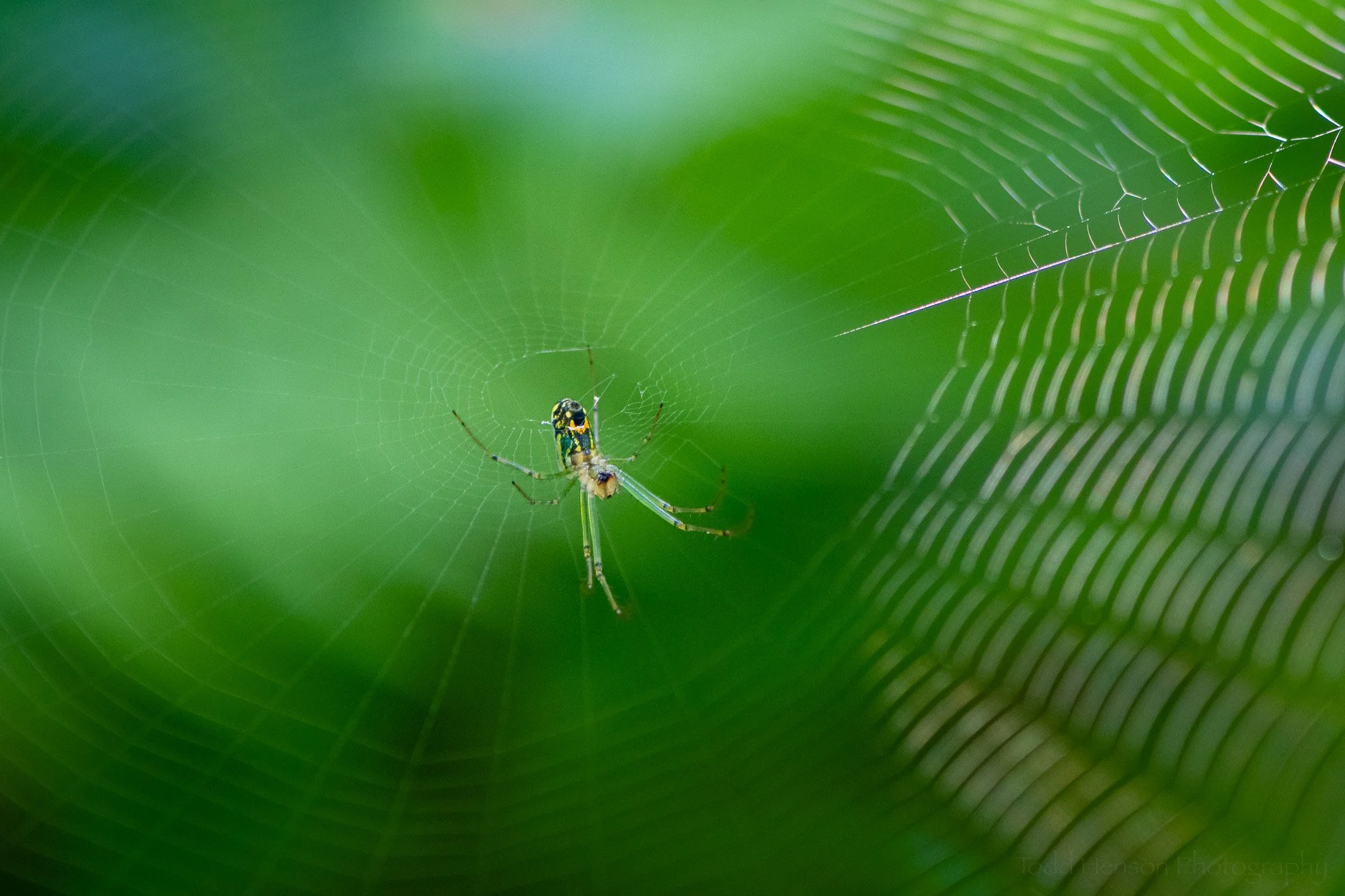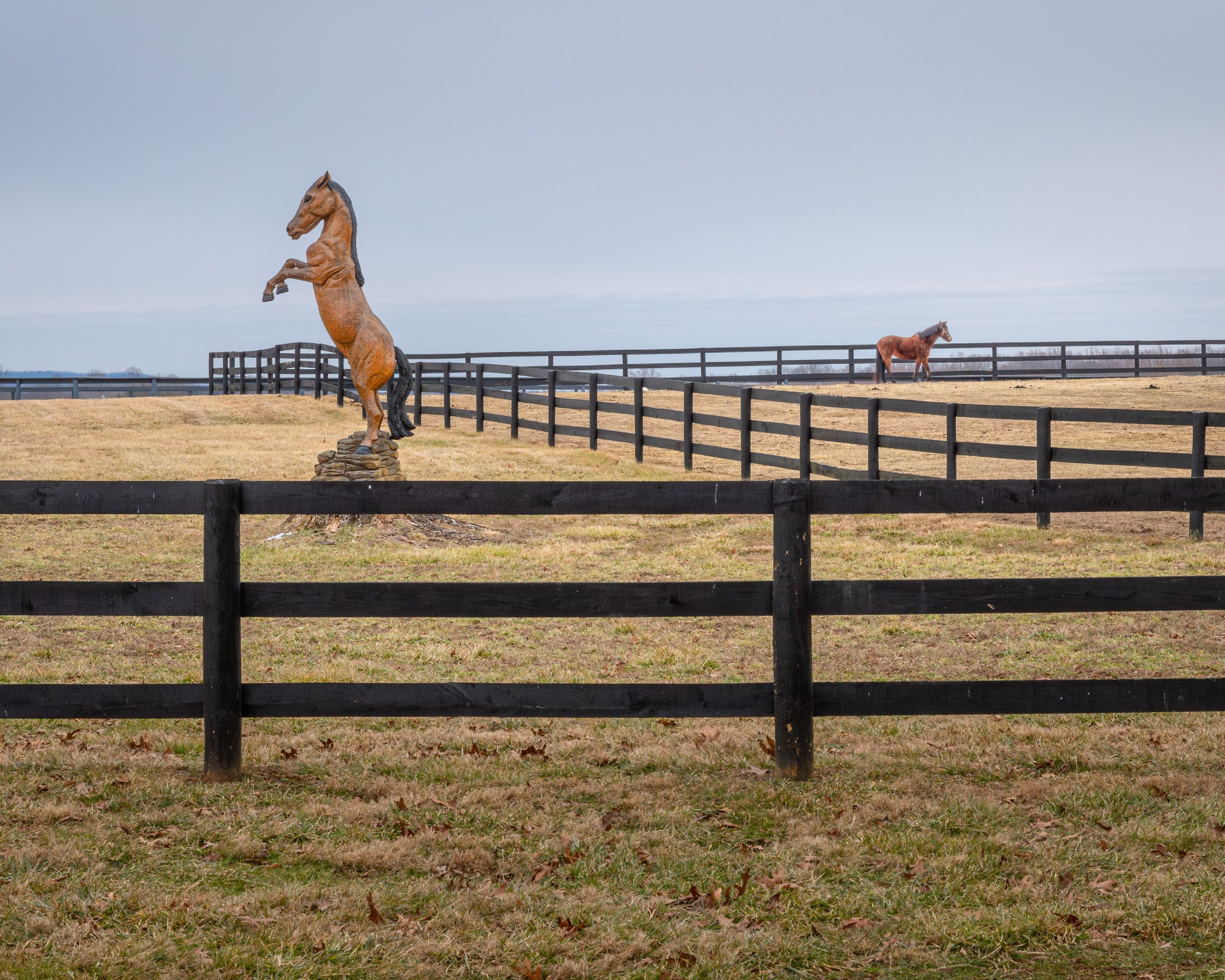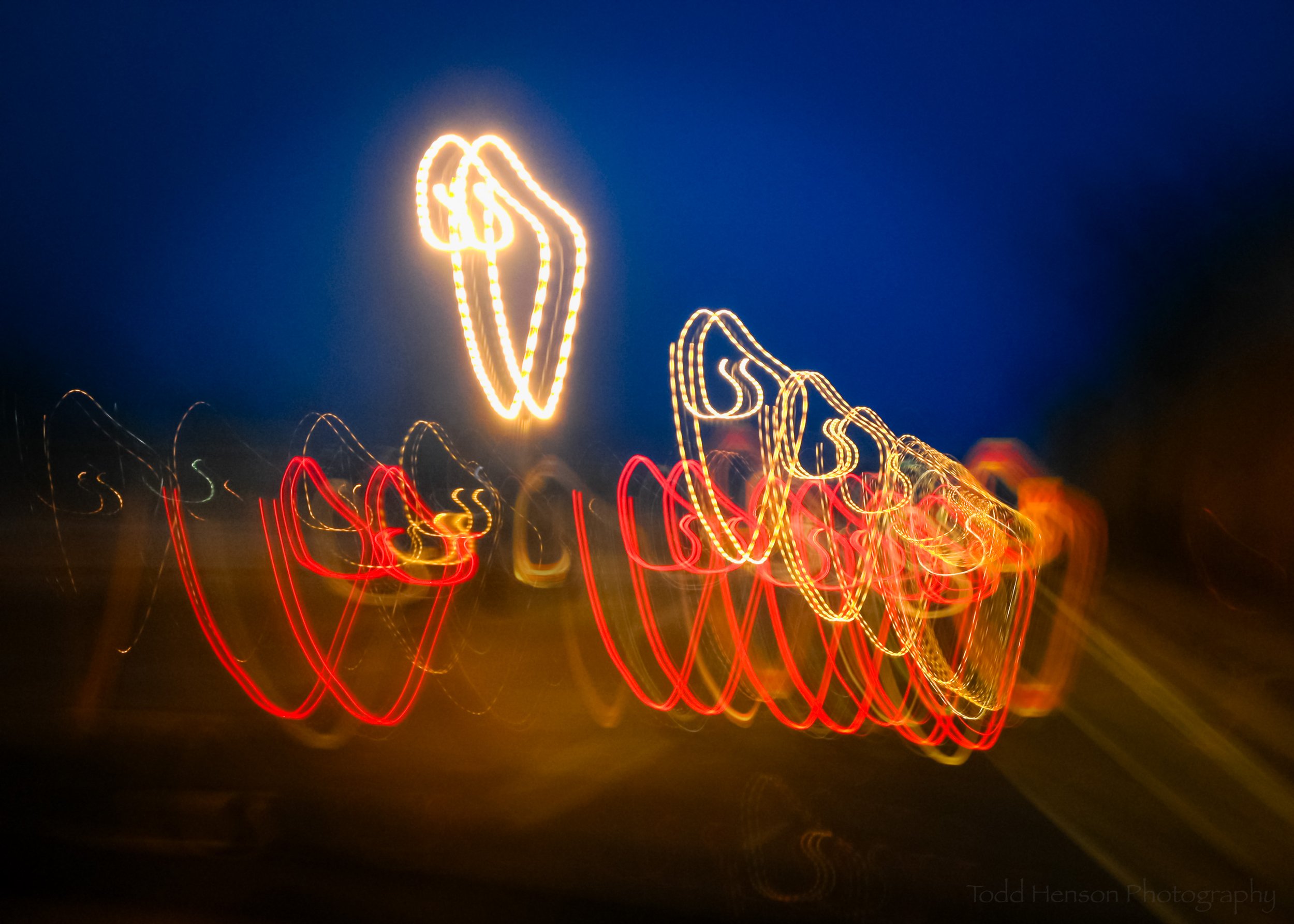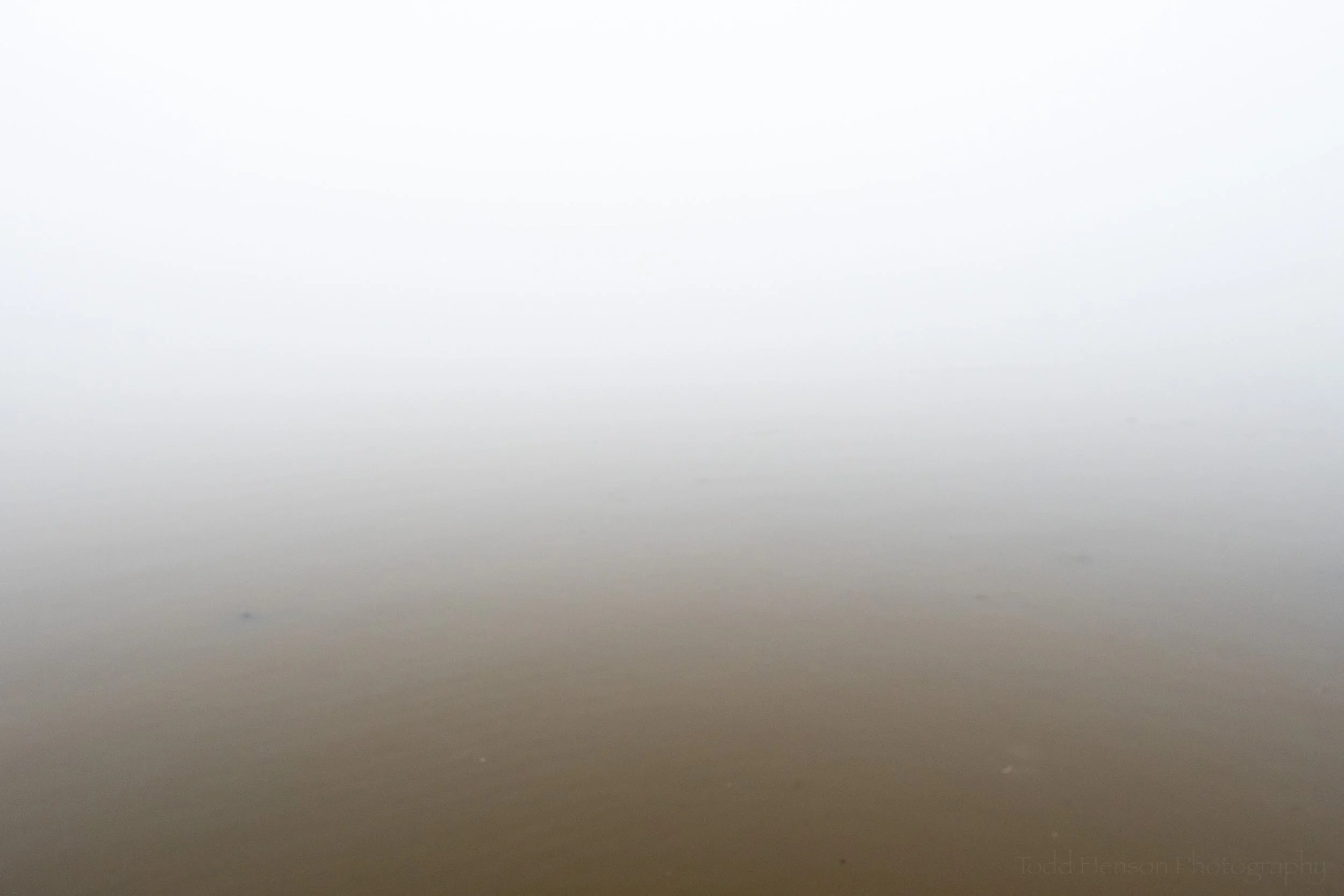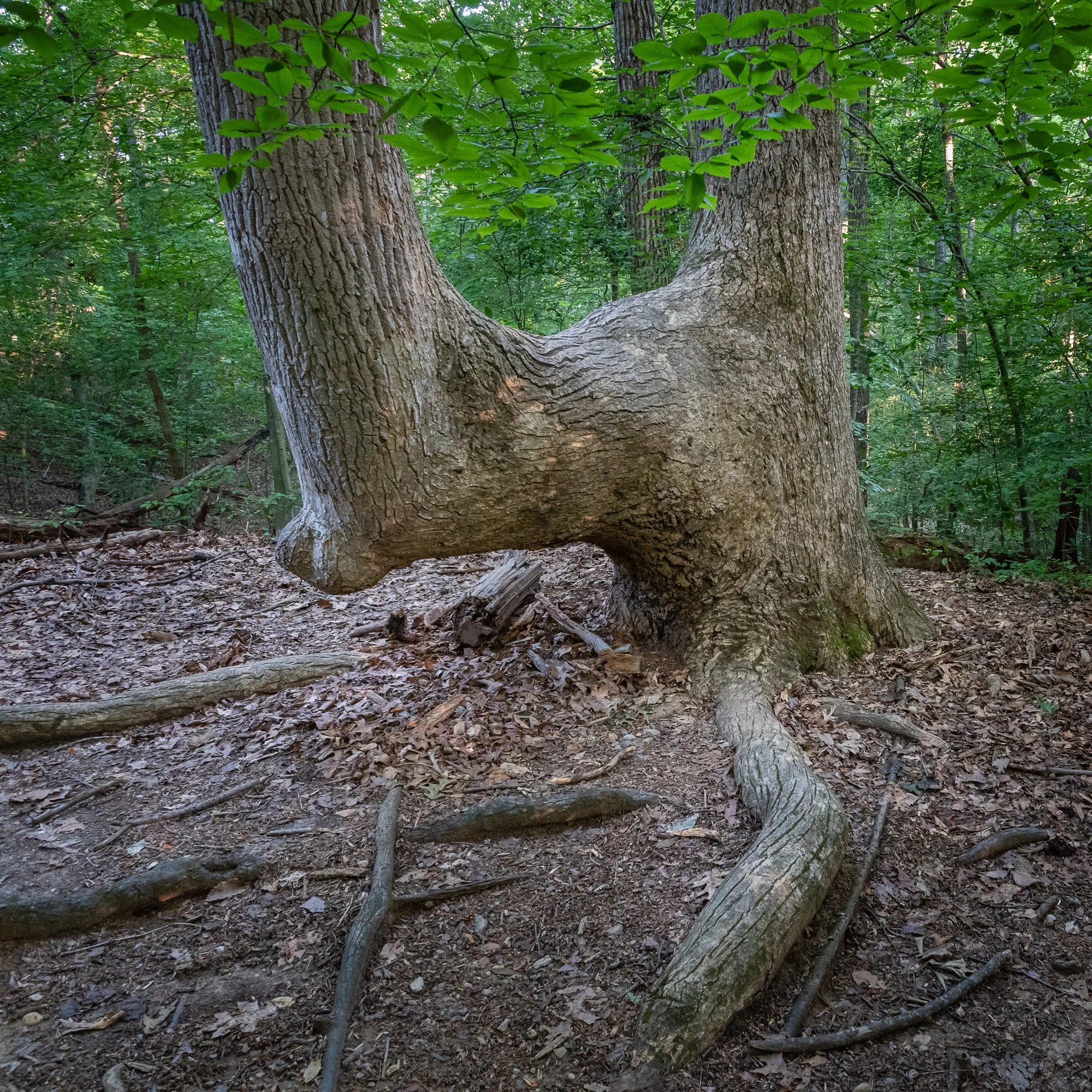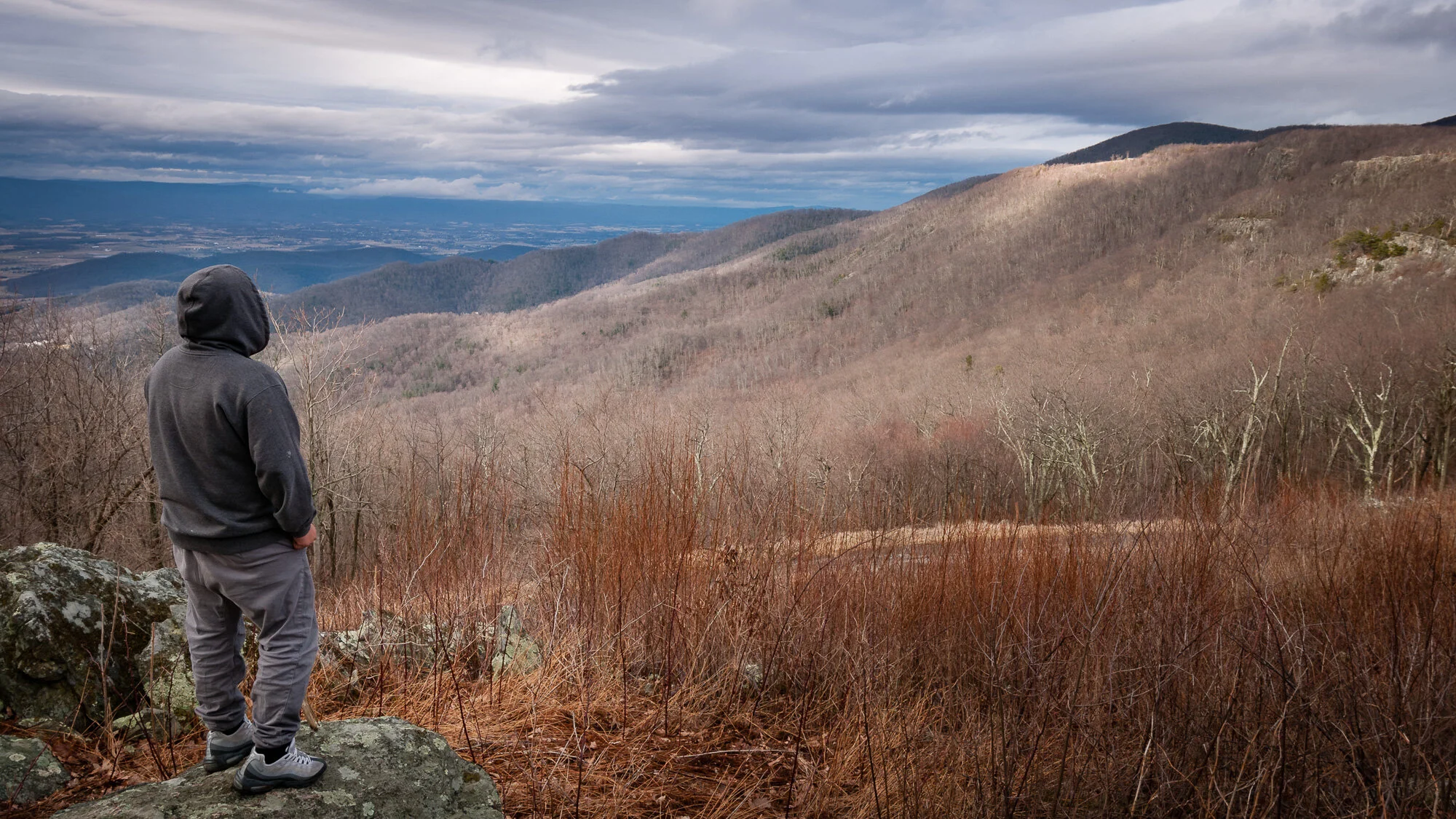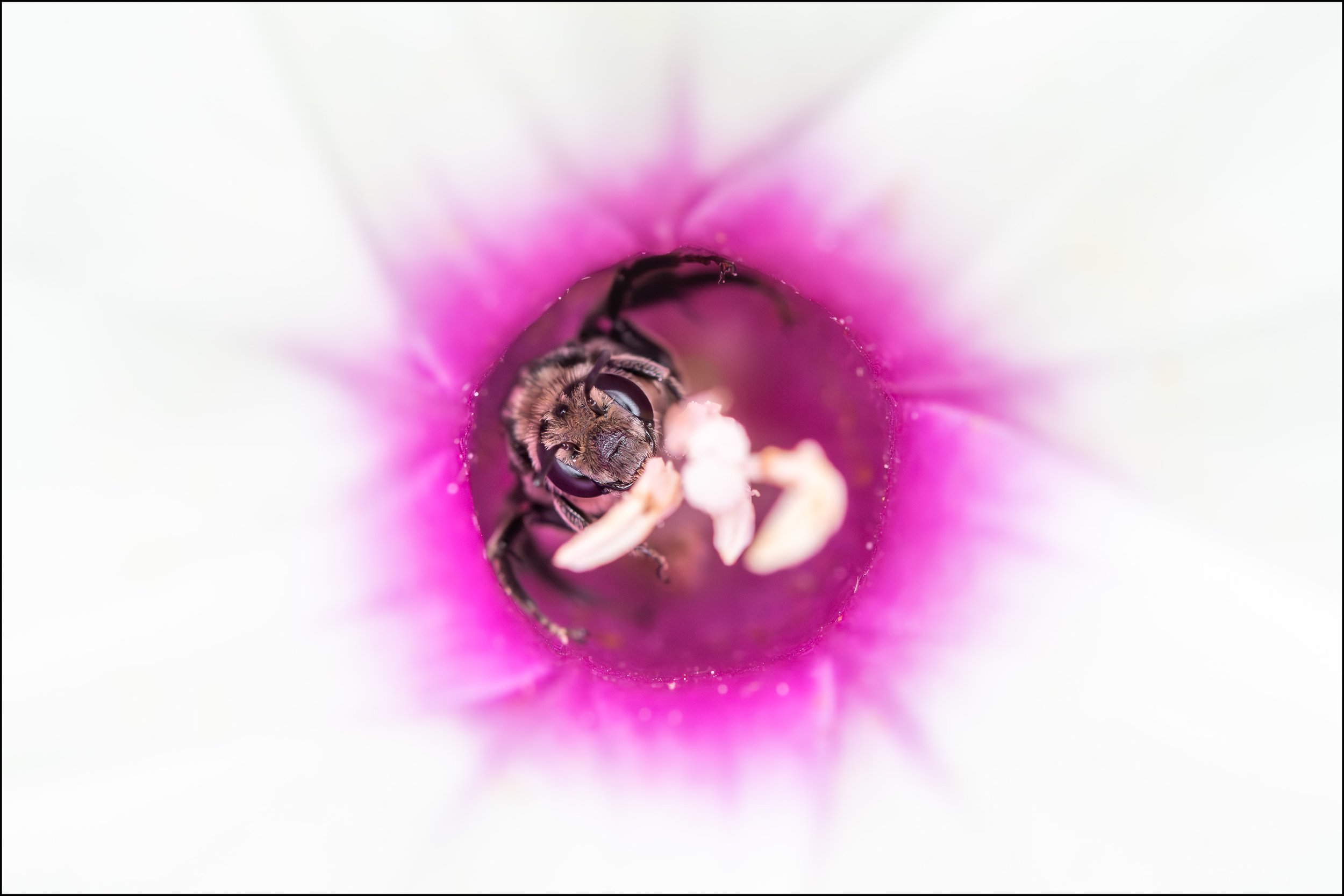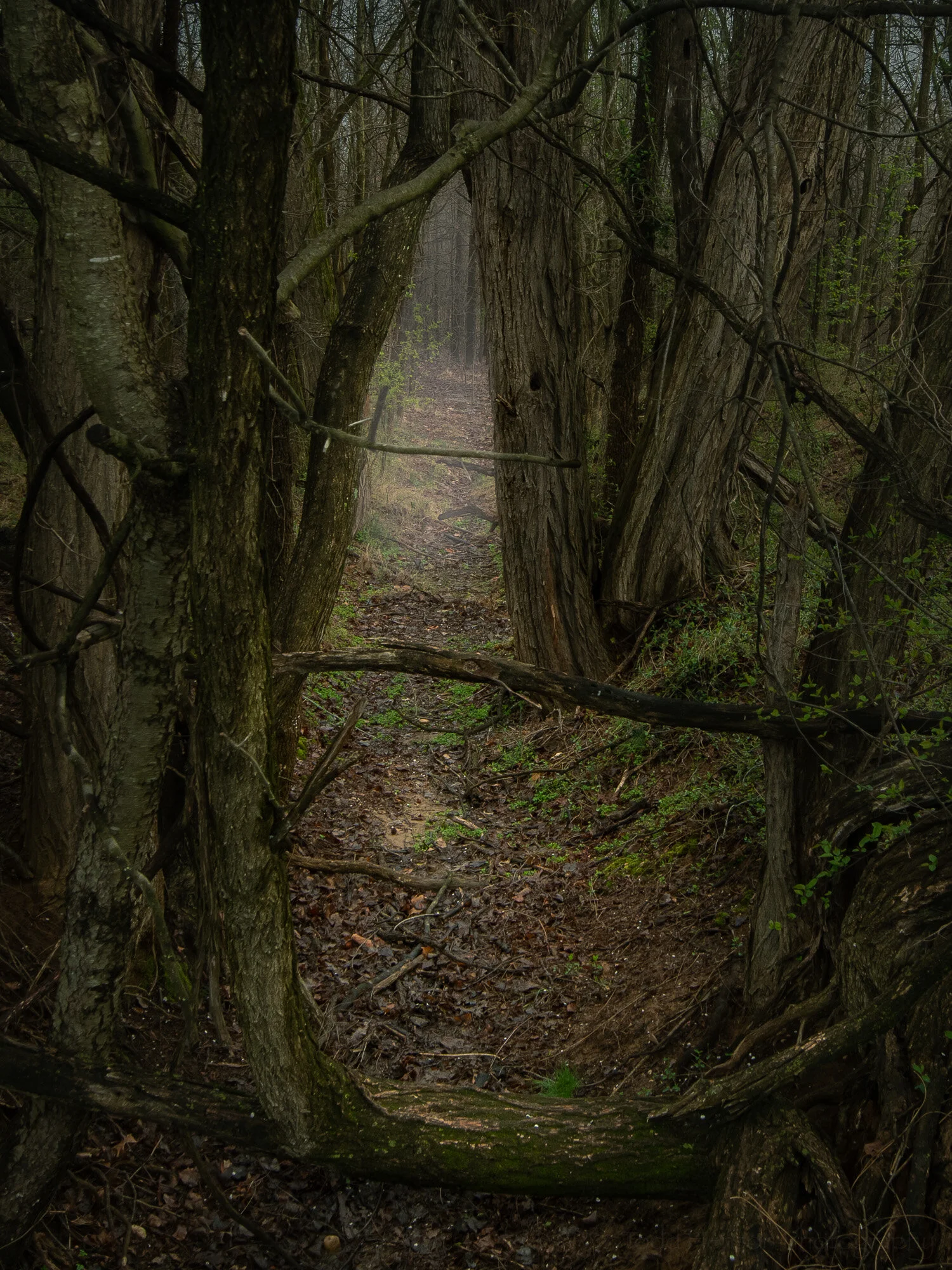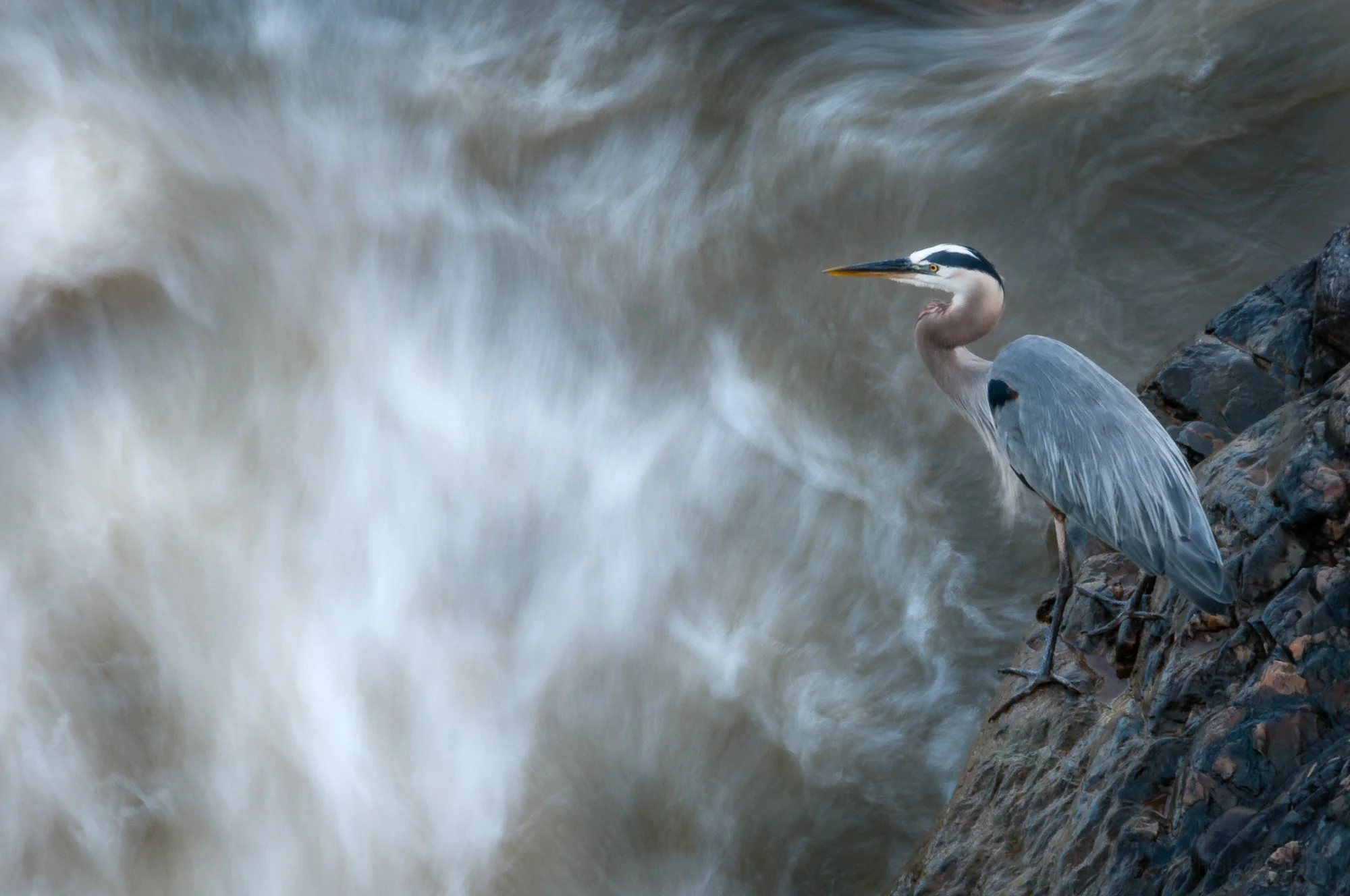A Great Blue Heron with beautiful plumage seen atop a tree felled by a beaver in the woods of a wetlands park.
Most of the Great Blue Herons migrate south for the winter, but some choose to stick around Northern Virginia, a potential risk if it happens to be a bad winter. But so far this has not been a bad winter, in fact we just recently had a heat wave that brought temperatures up around 70 degrees Fahrenheit in mid-January. This must have pleased the herons still in the area.
While hiking my favorite wetlands park during this heat wave we stumbled across one special Great Blue Heron, or at least one I found to be special. First off, we encountered it back in the woods, not out on the open wetlands lake. Granted, the water does sometimes extend into the woods, as it was this day, but most of the herons I’ve seen have been around the open water.
The Great Blue Heron seen through the trees, standing atop a fallen tree.
The heron was perched atop a tree felled by one of the local beavers. It was watching the water below, keeping a keen eye on anything moving below the surface. It was far enough away from the trail not to be disturbed by people passing by, even loud children. At one point we watched as it stretched out its long neck, leaning towards the water, preparing to strike… Only to slowly bring its neck back in and once again stand straight on the tree. Apparently its prey had moved away.
Another element that made this particular Great Blue Heron special to me was its fantastic plumage. Look closely at those beautiful long white feathers displayed on its chest and along its back. I always love the opportunity to watch, study, and photograph birds with such beautiful plumage. It just makes me smile.
In this image we can see the Great Blue Heron straight on, a different view than the typical profile shots.
We slowly moved down the trail as my father would move ahead and point out locations that had interesting views of the heron. I photographed from several of these locations, looking for different backgrounds, trying to find cleaner compositions, something that can be a challenge in a wooded environment. In most locations I kneeled down on the ground, trying to shoot from the herons height, or below it.
At one point the Great Blue began stretching, so I stayed still and took advantage of the motor drive to capture as many images as I could of this behavior. I knew from past experience this often preceded shaking and preening, behaviors I love capturing. In the images you can see examples of the stretching, which was following by shaking, where the heron literally shakes its entire body back and forth, puffing up its feathers, before settling back down. After the stretching, shaking and puffing the heron began preening, where it stretches into all sorts of interesting positions to maintain its feathers, cleaning, straightening, perhaps plucking old damaged ones.
The Great Blue Heron stretches one leg and wing. Look closely at the foot of the leg being stretched.
The Great Blue Heron stretching both wings and puffing its feathers just a bit.
I enjoy watching Great Blue Herons shake back and forth, airing out those feathers.
After shaking the Great Blue Heron begins preening.
The final feature that made this Great Blue Heron special was its feet, or more specifically one of its feet. Look closely at the images and you may see something unique about its left foot. I’ve included some zoomed in details to give you a better view. The heron is missing all its front toes on that one foot. It only has the single back toe. I suppose it’s possible this could be a birth defect, but my guess is it waded too close to one of the many large snapping turtles that inhabit this wetlands. The turtles are very quiet and move very slowly, just as herons do. They wait for something to move within reach, then they stretch out their long neck and grab at the prey, whatever it is, again, just as herons do. It can be a tough world out there, but in this case the heron appears to get along fine without the toes. I do wonder, though, if the missing toes might be why it was deeper in the woods instead of out on open water?
A zoomed in closeup showing the herons feet. The left foot, seen here on the right, is missing all its front toes. You can see the back toe standing out behind.
A zoomed in closeup showing the missing toes on the Great Blue Herons left foot. It only has the single rear toe.
These situations are always difficult for me to walk away from. Sometimes I’ll stay put until the animal moves away, provided I’m not stressing it by being there. If I’m stressing it I move away quickly. In this case the animal wasn’t at all stressed. But herons can stay put for hours at a time. I don’t always want to stay in one spot for that length of time, so eventually we moved on, leaving this special Great Blue Heron standing atop the fallen tree, perhaps continuing to peer below the surface of the water looking for its next meal.
Click on any of the photographs for a larger view.
I hope you’ve enjoyed this look at a special Great Blue Heron. Have you seen similar deformities or injuries in wildlife you’ve observed?
Do you enjoy these posts?
Sign up to receive periodic emails with updates and thoughts. Don’t worry, I won’t spam you. And please consider purchasing artwork or products from my online store, and using my affiliate links in the sidebar to the right when shopping online.
I appreciate your support!
